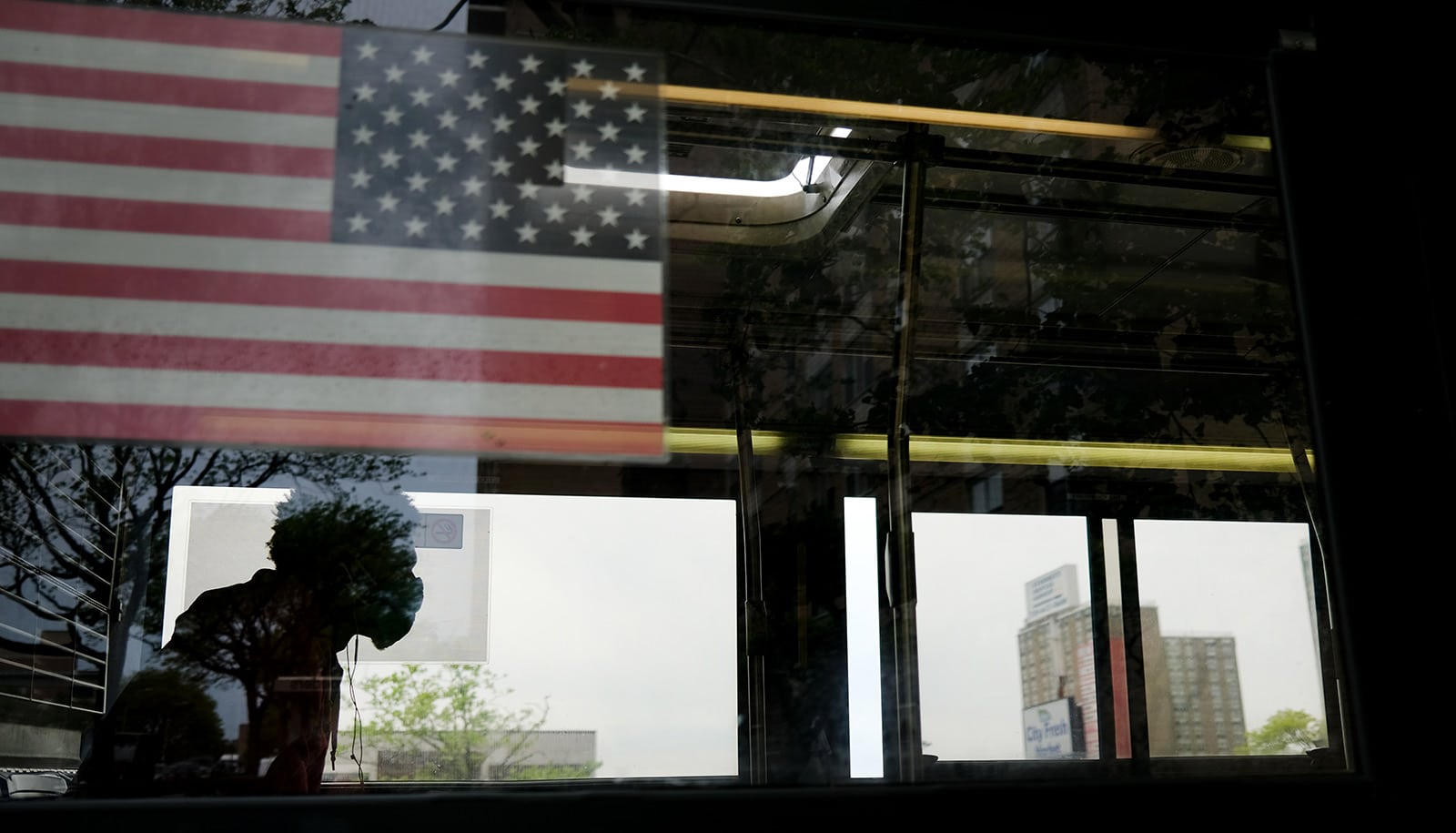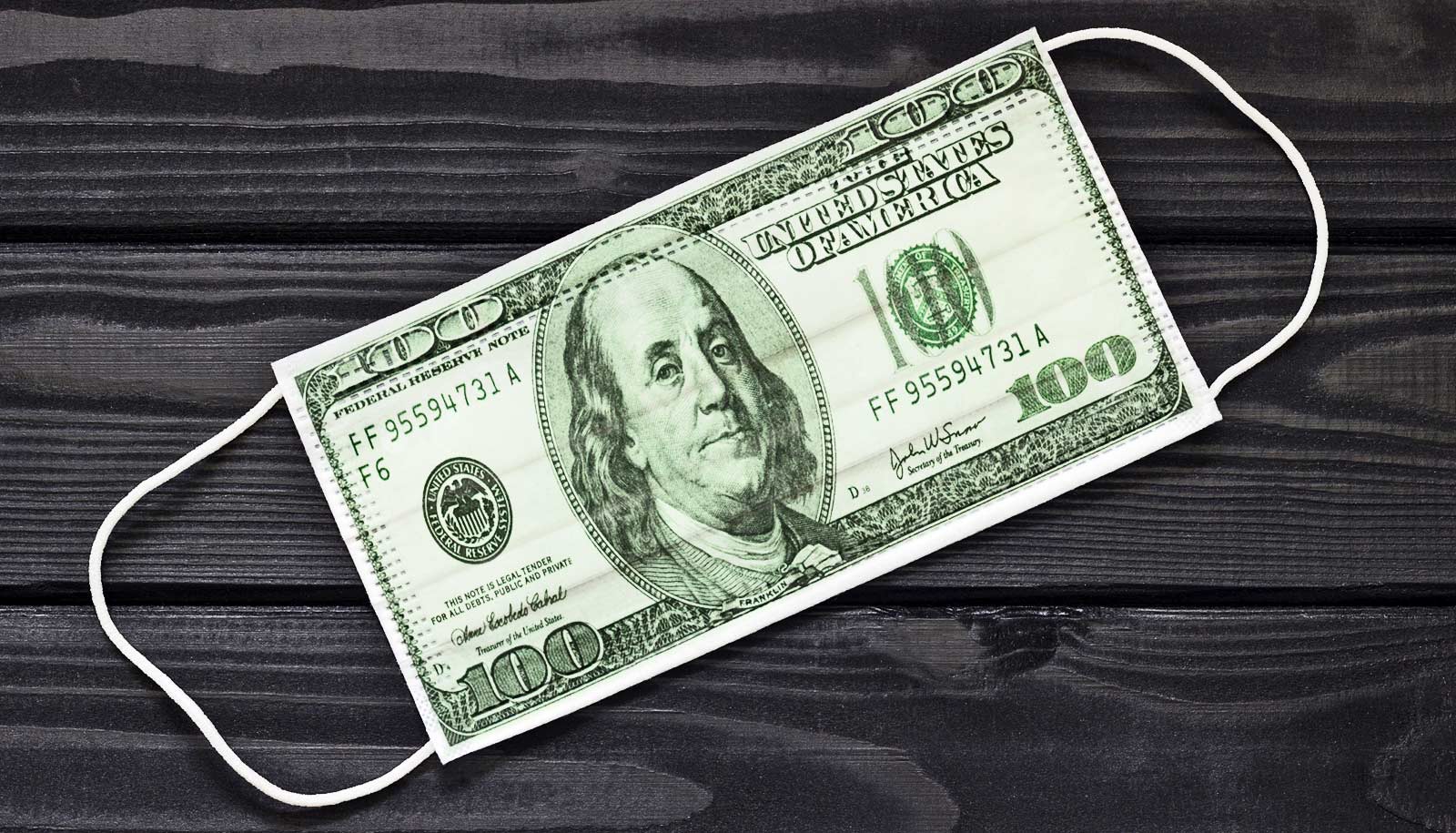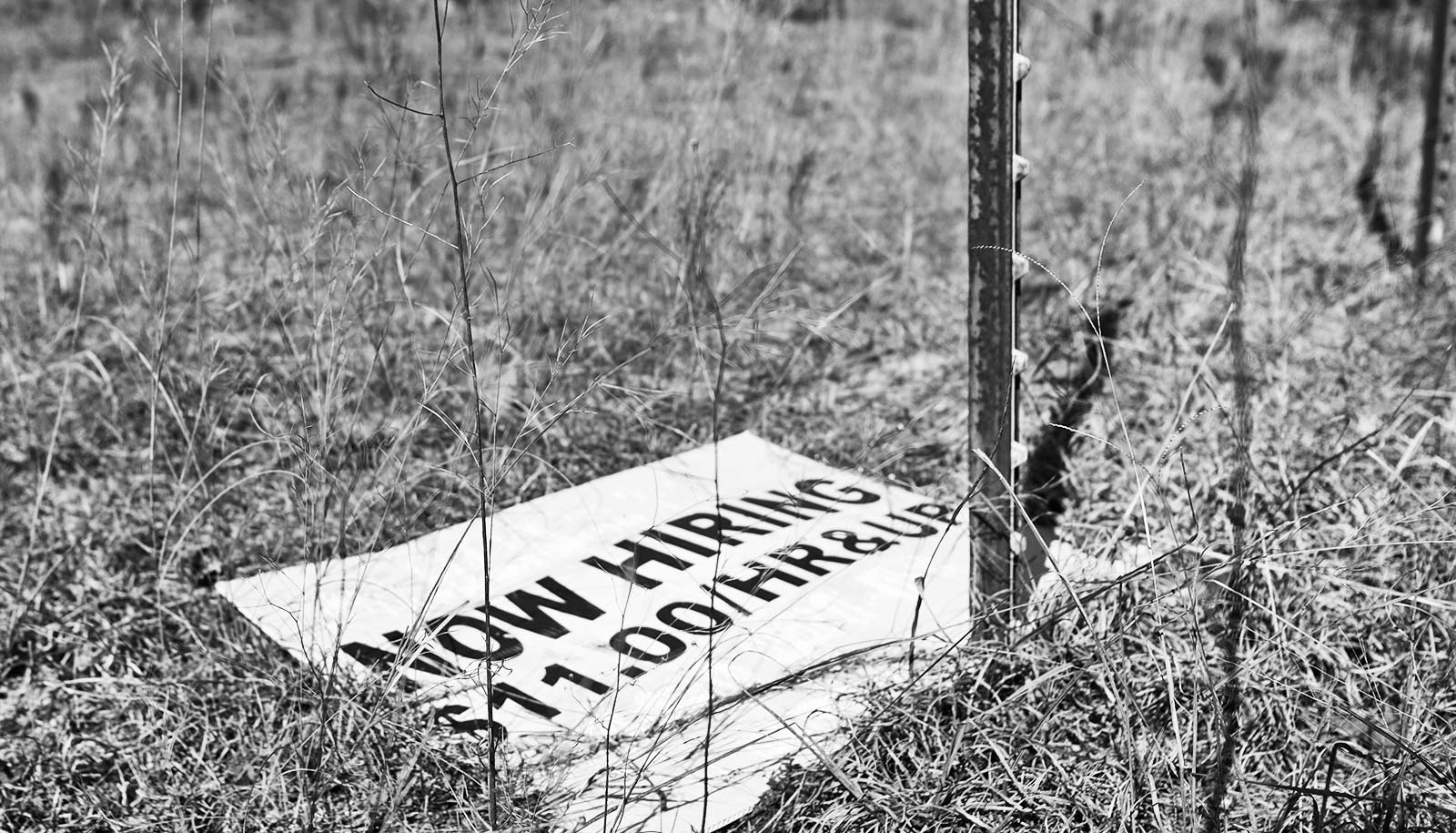Income inequality within countries correlates with higher COVID-19 infections rates in those nations, according to new analysis.
The report also raises concerns that these inequalities could hamper vaccination efforts.
“The same marginalized communities that were SARS-CoV-2 infection hotspots can also become fertile ground for the virus to develop new strains before enough people are vaccinated,” says Paul von Chamier, the paper’s author and a research officer at New York University’s Center on International Cooperation (CIC). “In fact, inequality in the vaccine rollout, both within countries and between them, already displays a strong income-related pattern, which suggests the risk of repeating the mistake of letting inequities undermine the pandemic response.”
Von Chamier also concludes that socio-economic policies aimed at lowering inequality could help diminish the impact of future pandemics.
“In the long term, equality and inclusion should become the center of a broader strategy: building resilience against future shocks,” he argues. “A policy commitment to improving socio-economic conditions would be part of a social contract, a genuine investment in a nation’s development, and a way to build back better after the pandemic.”
The Gini Coefficient
The aim of the analysis was to understand if pre-existing systemic inequities could be linked to higher COVID-19 infection rates.
To do so, it examined infection rates in 70 countries from mid-March 2020 through early August 2020, or what is widely seen as the first 21 weeks of the pandemic. It also studied these nations’ levels of inequality and other potential predictive variables: government efficiency (a measure indicating quality of public services and civil service capability), urban population share, share of the population over the age of 65, lockdown measures (calculated by stringency), and geographic mobility (a population’s physical movements as measured by Google’s COVID-19 Community Mobility Reports).
The study tracked inequality by using the “Gini Coefficient,” a commonly used metric for measuring income inequality within nations—or, specifically, how far a country’s wealth or income distribution deviates from a completely equal distribution. Under this calculation, the higher the coefficient, the greater the income inequality within that country.
Overall, every one-point increase in a country’s Gini Coefficient was correlated with a 1.34% increase in coronavirus infection rate over the previous week—an initially slight change that accelerates as the pandemic continues. Due to compound accumulation, after 21 weeks (March through early August 2020), that one additional Gini point correlates with an approximately one-third (32.3%) higher overall number of cases in a country.
“This relatively small difference accrues in terms of infection rates and becomes significant after a few weeks,” explains von Chamier. “This can be described as an ‘inequality wedge’ that develops over time, with more unequal countries getting notably worse at containing infections toward the end of the analyzed period.”
Inequality and the pandemic
After the first 21 weeks of the pandemic, that one additional Gini point would correlate with a 33% higher overall number of cases in a country. For example, in the United Kingdom, this would mean an additional 100,000 cases on top of 300,000 infections, which it had accrued by early August 2020, or 21 weeks after the pandemic started.
Von Chamier adds that income inequality is linked to other factors that exacerbate the effects of a pandemic. For example, low levels of social trust have been shown to be more pronounced in countries with high levels of inequality. If these perceptions are applied to professionals—such as doctors and public-health workers—whose role is vital in a pandemic, diminished faith in them is likely to stymie efforts to combat a virus. Moreover, nations with high levels of income inequality are also more likely to have people who lack the financial resources to stay in quarantine and who live in crowded housing conditions—both of which are likely to result in the spread of infections.
“A severe lockdown and prompt government action to the COVID-19 pandemic had a demonstrably positive effect on curbing the spread of the virus in 2020,” von Chamier writes. “However, as the weeks and months passed, the crisis response turned from a sprint into a marathon, with underlying socio-economic tensions inevitably coming to the forefront and becoming key in boosting infection rates.”
“The paper makes a compelling case that first responses to the COVID-19 crisis are deeply affected by how unequal our societies are,” notes the University of Oxford’s Lant Pritchett, an expert reviewer of the study. “The piece explains well how inequality can affect contagion in a pandemic, through channels such as lowered trust in health professionals and other state institutions, lower savings rates that mean people have to go out into risky work environments, more crowded housing conditions, and poor provision of public services.”
Source: NYU



